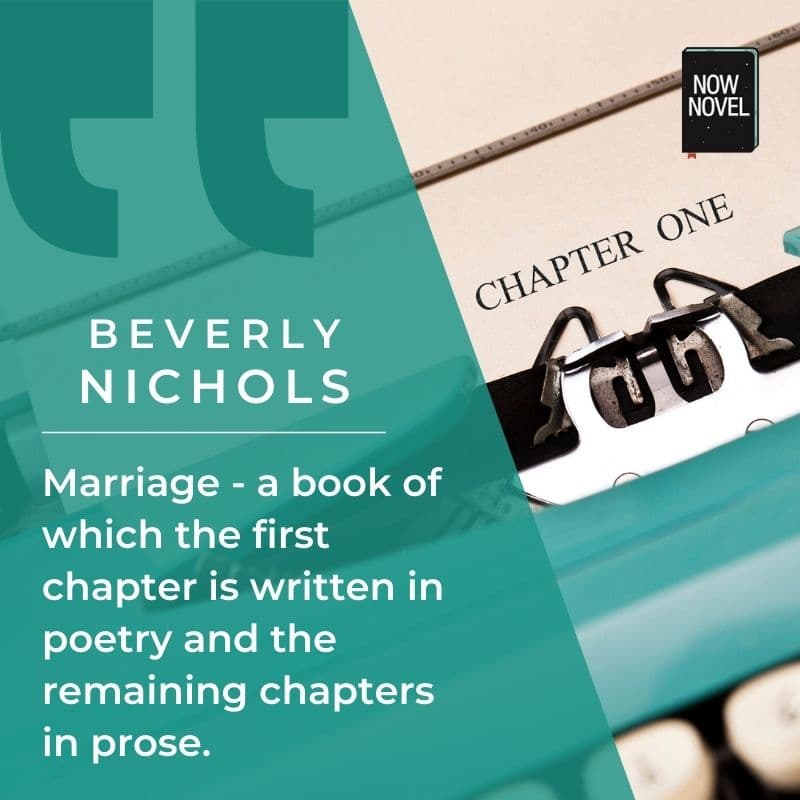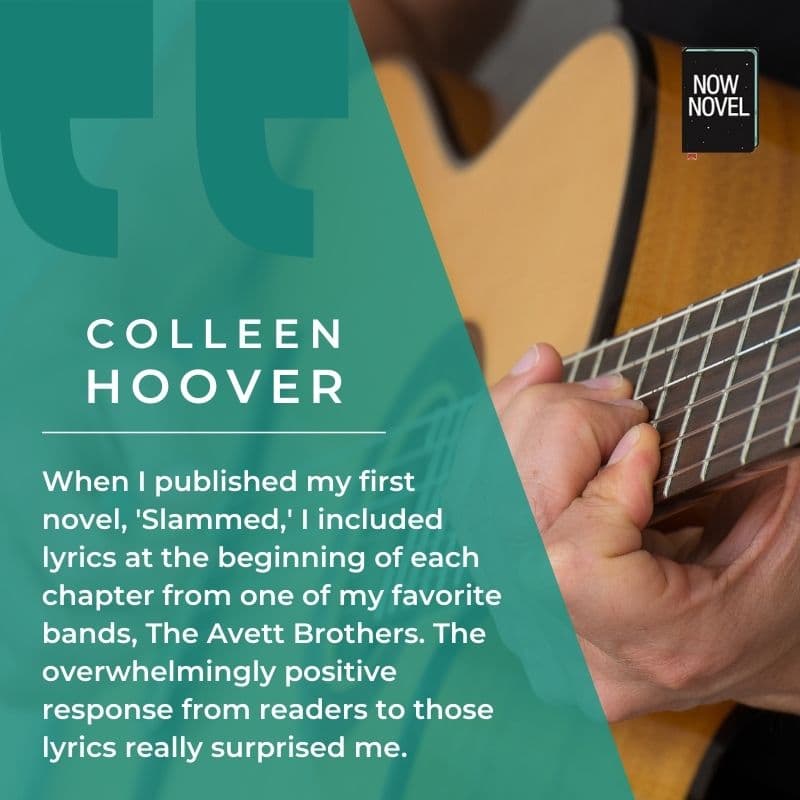There is no single method for how to write the first chapter of a book. Each story creates its own structure. Yet first chapters achieve similar feats. Read seven ideas for making your first chapter work:
How to write the first chapter of a novel:
- Tease but don’t give the game away
- Set cinematic scene
- Show engrossing action
- Save bulky backstory
- Imply contexts, themes, subtexts
- Add clues to your genre
- Build voice (especially for involved narrators)
1. Tease but don’t give the game away
In a first page panel review webinar we recently held, we discussed ideas about what first pages accomplish. These ideas are relevant to first chapters, too.
A first idea: Tease your new reader, as they begin page 1. To use an analogy, how suspenseful would a burlesque show be if the performer stripped down to nothing in five seconds flat?
First pages are similar. You show the reader a little more, glove by glove and layer by layer. Whatever degree of undress at the end may well prove the least memorable part. It’s the excitement of not knowing (and knowledge promised) you want to extend.
In our panel review discussion, a member had written a wonderful first page, full of vivid scene-setting.
After this, a character’s transgression was described in full detail. The exact nature of their betrayal of another primary character’s trust.
A unanimous suggestion was to tease this betrayal more. To imply it, but give the reader time to make the full discovery. This would give the reader time to feel the betrayed party’s shock, once fuller context had emerged and the reader was more invested.
Example: Margaret Atwood’s The Blind Assassin
In Margaret Atwood’s novel The Blind Assassin, the narrator tells us on the very first page about her sister’s seeming suicide. Yet it is also implied it could have been an accident:
It wasn’t the brakes, I thought. She had her reasons. Not that they were ever the same as anybody else’s reasons. She was completely ruthless in that way.
Margaret Atwood, The Blind Assassin (2000), p. 3.
There is the awful yet intriguing mystery of cause as well as motive for this tragic event. The reader doesn’t know all the facts, so they keep reading to find out.
2. Set cinematic scene
Choosing how to write the first chapter of a book depends somewhat on your genre.
Some genres, for example, are friendlier to extensive scene-setting than others. Two pages of lyrical description may seem a lot for a thriller or police procedural, yet minimal in a literary or historical novel.
You can set the scene for your story in as little as a page, a paragraph, or even a first line.
Backtracking a little, what does ‘cinematic scene-setting’ mean?
It means giving place, objects, visual signs the vivid specificity, clear language, of a director’s keen lens. Thinking of description not just as cause, effect, explanation, but as the story a picture or visual composition tells (in the way exact details are arranged) – explicitly and implicitly.
Example: Kent Haruf’s Plainsong
Haruf begins by describing a main character, Tom Guthrie, who we later learn (this is teased) has been left to bring up his two sons alone.
See how cinematic scene-setting creates a sense of the quiet of loss and stoicism as life goes on:
Here was this man Tom Guthrie in Holt standing at the back window in the kitchen of his house smoking cigarettes and looking out over the back lot where the sun was just coming up. When the sun reached the top of the windmill, for a while he watched what it was doing, that increased reddening of sunrise along the steel blades and the tail vane above the wooden platform. After a time he put out the cigarette and went upstairs and walked past the closed door behind which she lay in bed in the darkened guest room sleeping or not and went down the hall to the glassy room over the kitchen where the two boys were.
Kent Haruf, Plainsong (1999), p. 3.

GET YOUR FREE GUIDE TO SCENE STRUCTURE
Read a guide to writing scenes with purpose that move your story forward.
Learn more3. Show engrossing action
Some stories (like Haruf’s example above) begin like a slow-cooker, raising heat, condensing what things signify, imperceptibly.
Even slow action can be engrossing, though, when there is tone, mood, emotion.
We are curious (in the example above) to know who the mysterious ‘she’ who is ‘sleeping or not’ is (the home setting implies it is Tom Guthrie’s wife). We’re curious why the man goes to check on the two boys in the ‘glassy’ room (the adjective captures a sense of their vulnerability well).
What makes action engrossing, then? Actions increase interest when they:
- Leave questions – who, what, why, where, or when
- Supply tone and mood (for example, a thief’s furtive fumbling as they try a latch)
- Infer, imply and sow anticipation (the thief’s sneaking makes us anticipate a successful heist or the sudden ringing of alarms)
At the start of a story, you place a deed that reshapes the world around it, what each other sign means. Someone drags a heavy duffel bag down a darkened alleyway. Why? the reader asks, What’s in the bag?
Get feedback and grow your craft
Ask coaches questions and get a library of informative lessons on writing craft.
LEARN MORE
4. Save bulky backstory
Backstory is useful, but often a lot less useful than many beginning authors realize.
First chapter backstory issues that crop up often in editing include:
- Cramming in as much information as possible to help the reader understand who the main character is or where they come from
- Plain-language-telling, a rattling off of dry facts about a character’s history or a world or city’s past
‘Show, don’t tell’ is an often-abused (and not always correct) maxim. Yet in your first chapter, it is often preferable to show involving action, place and character, rather than give readers a ‘history textbook’ version.
Four b’s: Bulky backstory (usually) becomes boring.
It is common in coming-of-age novels for the involved narrator to begin by describing their birth or childhood (for example in Charles Dickens’ Great Expectations or Salman Rushdie’s Midnight’s Children), yet even then this backstory is usually restricted to a paragraph or two before present-scene action (or an illustrative scene from the time described) is woven in.
Example: Alice Munro’s Dimensions
Alice Munro’s story ‘Dimensions’ from her collection Too Much Happiness is a haunting tale about a woman who carries a deep trauma.
Although a short story does not have chapters, of course, the format is often useful for seeing how to compress events, play with time, create compelling structure.
The big revelation of the story is left for later, so that it is like a gut punch. The first pages’ backstory is minimal and implies a big turning point (cutting back and forth between time-frames) through the way the main character Doree’s appearance has changed:
None of the people she worked with knew what had happened. Or, if they did, they didn’t let on. Her picture had been in the paper – they’d used the picture he took of her and the three kids, the new baby, Dimitri, in her arms, and Barbara Ann and Sasha on either side, looking on. Her hair had been long and wavy and brown then, natural in curl and colour, as he liked it, and her face bashful and soft-a reflection less of the way she was than of the way he wanted to see her.
Alice Munro, ‘Dimensions’, Too Much Happiness (2009), p.2.
Since then, she had cut her hair short and bleached and spiked it…
5. Imply contexts, themes, subtexts
In our first page review panel discussion, another discussion point was ‘cues’. What cues could your first pages give a reader about what to expect of your story (or what not to expect)?
Effective first chapters often supply:
- Context: Context is ‘the circumstances that form the setting for an event, statement, or idea, and in terms of which it can be fully understood’ (OED). For example, the first chapter of All the Light We Cannot See, a wartime historical novel, begins with evacuation orders raining down which supplies a wartime context.
- Themes: The themes of stoicism and endurance, life and death (developed further when two elderly brothers take in a pregnant, homeless teenager) in Haruf’s Plainsong are introduced in the opening pages, ‘the sun will rise’ as a motif suggesting life’s cycles, time marching on.
- Subtext: The underlying or hidden meaning of things. For example, Doree spiking her hair in the example from Alice Munro above. We only later understand in retrospect, once we know what happened, why Doree would decide to change her appearance so extremely from what her husband ‘liked’.
6. Add clues to your genre
In deciding how to write a first chapter for your book, a lot will depend on genre.
A ‘realist’ historical fiction novel, for example, could begin with a character finding a portal to another world (as some sort of metaphor or analogy). Rules should be taken lightly – especially if they don’t serve you or your creativity.
If you are writing in a specific genre, though, readers of that genre may have expectations regarding tone, mood and style. It is a good idea to read widely in your genre (and outside of it, comparatively). This helps you develop a general sense of what first pages accomplish across genres.
In our first page review panel, a frequent suggestion was to include just a slight indication further what sort of book the reader could expect (when this was not self-evident in the subject matter, style and other elements).
7. Build voice (especially for involved narrators)
It is important to build voice for your narrator if they are an involved narrator (a character/actor in the story) from the first chapter, the first page.
In Mark Haddon’s The Curious Incident of the Dog in the Nighttime, we get an immediate sense of the main character’s autism through his struggles processing social cues such as facial expressions.
Voice, as we’ve discussed before, involves many aspects. Your characters’:
- Vocabulary (the kinds of words they use)
- Diction (the way they speak, for example lots of cursing versus none at all)
- Idiom (for example, using ‘thee’ and ‘thou’ is idiomatic for Shakespearean English – an aspect used to hilarious effect in Ben Elton’s sitcom about Shakespeare’s life, Upstart Crow)
Is your narrator young, old, kind, mean, cunning, naïve, brave, fearful? What choices will you make in your opening pages – choices relating to voice – to convey this?
Read twenty-five more chapter opening and transition examples for further insights.
Join us for chapter feedback from a constructive critique community and get monthly writing craft webinars and weekly feedback from an editor when you upgrade.





3 replies on “How to write the first chapter of a book: 7 ideas”
Regarding what you wrote on character voice: It would turn me off to see a character using profanity, particularly the “F” word, in the first chapter and would thus lead me to not buy the book.
you guys have help me tremendously!
I’m glad to hear that, thank you for reading. Subscribe to our newsletter if you’d like to know when we share new articles.